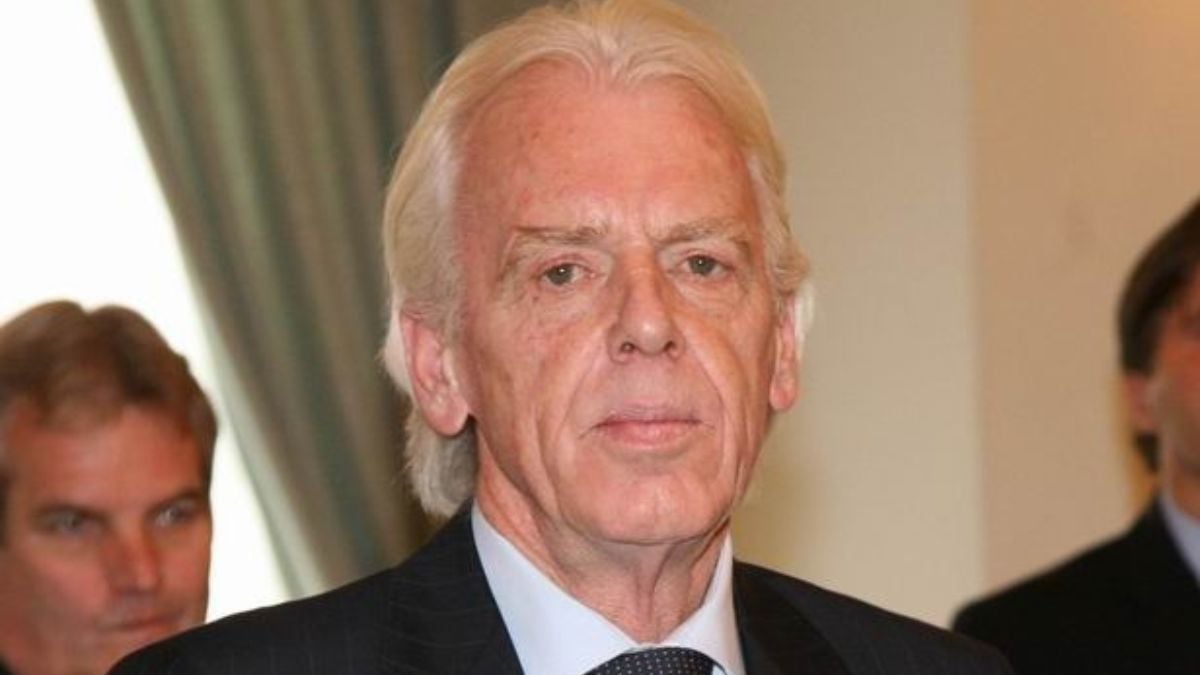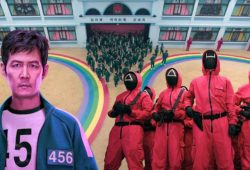
The global football community has lost one of its most influential strategists. On April 10, the family of Leo Beenhakker confirmed the passing of the renowned coach at the age of 82. The Dutch manager, celebrated for his offensive style and his role as head coach of Club América during the 1994-1995 season, left a lasting mark on both European and Mexican football. His career spanned five decades and numerous teams, during which he embraced and promoted the philosophy of “total football,” inspired by Rinus Michels, his mentor.
READ ALSO. Cabot Creamery butter recalled; what’s the reason?
Short Biography of Leo Beenhakker
Leo Beenhakker was born in Rotterdam on August 2, 1942. His journey in football started with challenges: after the death of his father, he worked as an electrician to support his family. Although he debuted as a professional player with Xerxes in the Dutch second division, an early injury forced him to abandon his playing career. That setback, however, marked the beginning of a brilliant coaching career.
By the age of 25, Beenhakker had already become the youngest coach in the Netherlands to hold an A-level license. Over the following decades, he managed clubs such as SC Veendam, Cambuur Leeuwarden, Go Ahead Eagles, and Ajax Amsterdam. With Ajax, he revived the “total football” style and won the league title in the 1979-1980 season.
In Spain, his greatest achievement came with Real Madrid, where he led the legendary “Quinta del Buitre” squad and won three consecutive La Liga titles, along with a Copa del Rey. Under his management, players such as Emilio Butragueño, Míchel, Hugo Sánchez, and Fernando Hierro thrived in a dynamic, high-scoring tactical setup.
READ ALSO. How Coca-Cola countered school bans and boycotts with this strategy
What did Leo Beenhakker die of? Cause of death
So far, the coach’s family has not released the official cause of death.
Leo Beenhakker Net Worth
Following the death of the famous Dutch coach, searches related to his career and net worth became a trending topic on Google. It should be noted that there is no public information about his income.
When and how did Leo Beenhakker join Club América?
The Dutch coach was appointed as Club América’s head coach on June 15, 1994, right after the World Cup held in the United States. At his unveiling, Beenhakker surprised many by announcing the signings of Cameroonian striker François Omam-Biyik and Zambian playmaker Kalusha Bwalya—an audacious move for a Mexican football scene still leaning toward traditional tactics.
From the very first matches, América displayed a bold, attacking style of play that quickly won over fans. The team scored freely and played attractive football, powered by talents such as Zague, Joaquín del Olmo, Raúl Rodrigo Lara, and a young Cuauhtémoc Blanco.
By matchday 33 of the season, América led the standings with 45 points, 78 goals scored and only 40 conceded. The championship seemed well within reach. However, on April 6, 1995, the club’s board made the shocking decision to dismiss Beenhakker—one of the most controversial episodes in the team’s modern history.
Why was Leo Beenhakker fired from Club América?
For years, Beenhakker’s departure from América remained a mystery. It wasn’t until 2010 that the Dutchman revealed on the TV show Los invitados del Cuau, hosted by Cuauhtémoc Blanco, that the club’s management had ordered him not to field Joaquín del Olmo due to a financial dispute between the player and then-president Emilio Diez Barroso. Beenhakker stood his ground and replied: “They told me not to play him, but I field the best players. Not the ones the board wants,” he said.
As a result, he was immediately dismissed. Under new managers, América suffered a drop in morale and was eliminated in the semifinals by Cruz Azul.
Which other teams did Leo Beenhakker coach?
Beyond his time with América, Beenhakker had a second stint in Mexican football, managing Club Deportivo Guadalajara from 1995 to 1996. His arrival caused quite a stir, especially after winning the “Clásico Nacional” against his former club América with a 3-2 victory at the Estadio Azteca.
In Europe, he enjoyed further success. He managed Zaragoza, Grasshoppers of Switzerland, Vitesse Arnhem, and led Feyenoord to a Dutch league title in 1999. As Ajax’s sporting director (2000-2003), he made key decisions, including appointing Ronald Koeman as head coach.
Beenhakker also made a significant impact on national teams. With the Netherlands, he coached during the 1990 World Cup in Italy, reaching the round of 16. Later, he made history by leading Trinidad and Tobago to their first-ever World Cup appearance in Germany 2006, where they earned a memorable draw against Sweden. He later coached Poland from 2006 to 2009.
What was Leo Beenhakker’s defining coaching style?
Beenhakker was a proud advocate of “total football”, a tactical approach requiring versatility, high pressing, ball control, and constant positional rotation. Inspired by Rinus Michels and Johan Cruyff, Beenhakker’s signature was an offensive and aesthetically pleasing style of play. “Football should excite. It’s not just about winning, but about how you win,” he often said.










